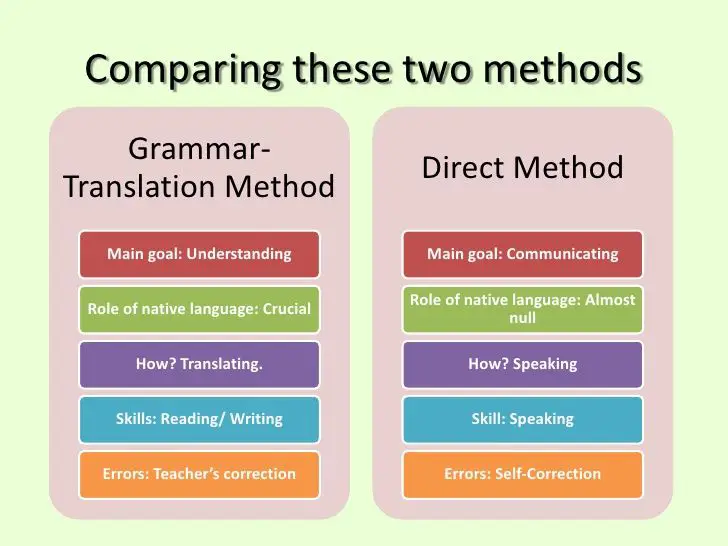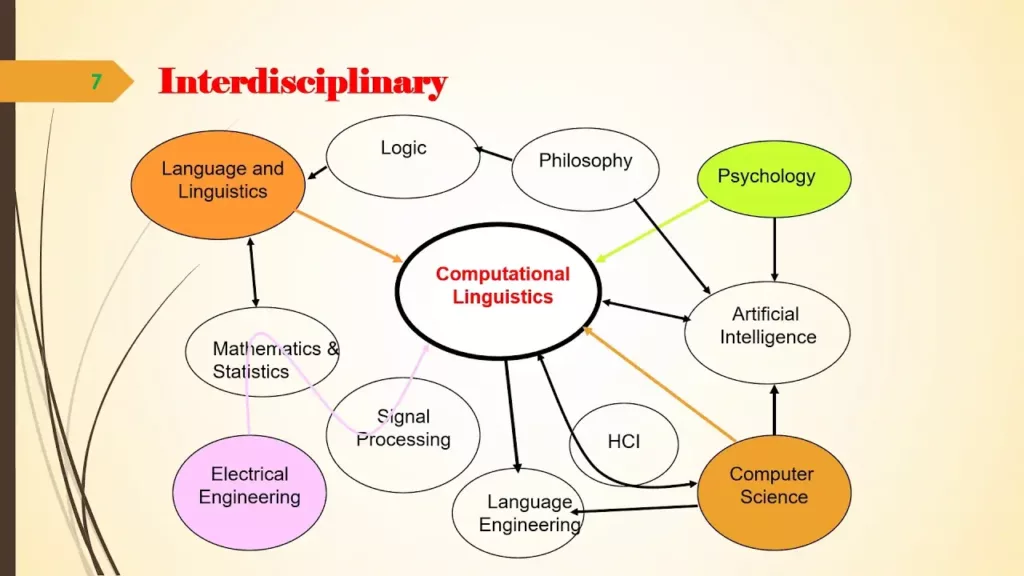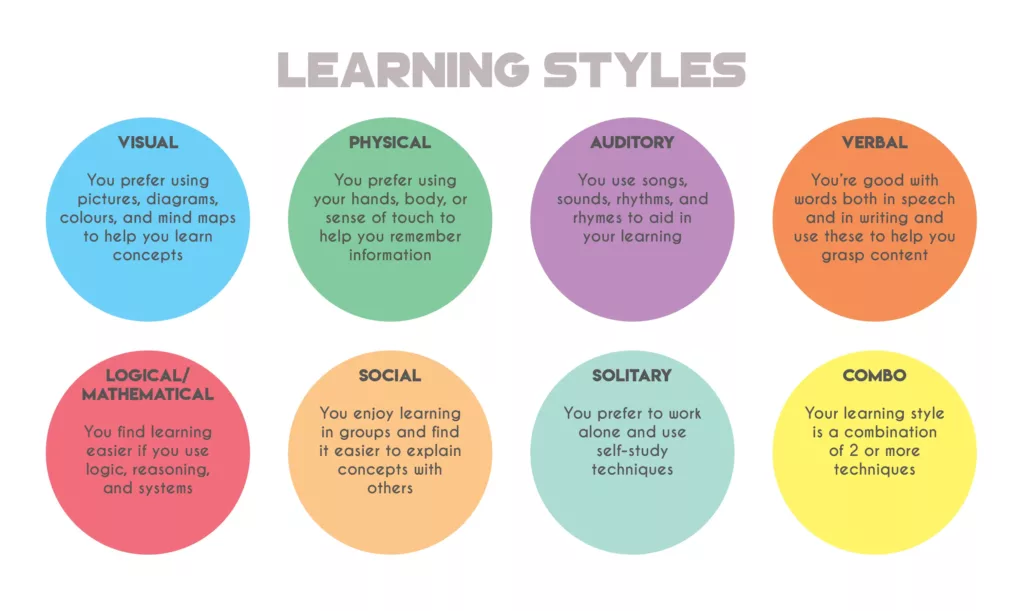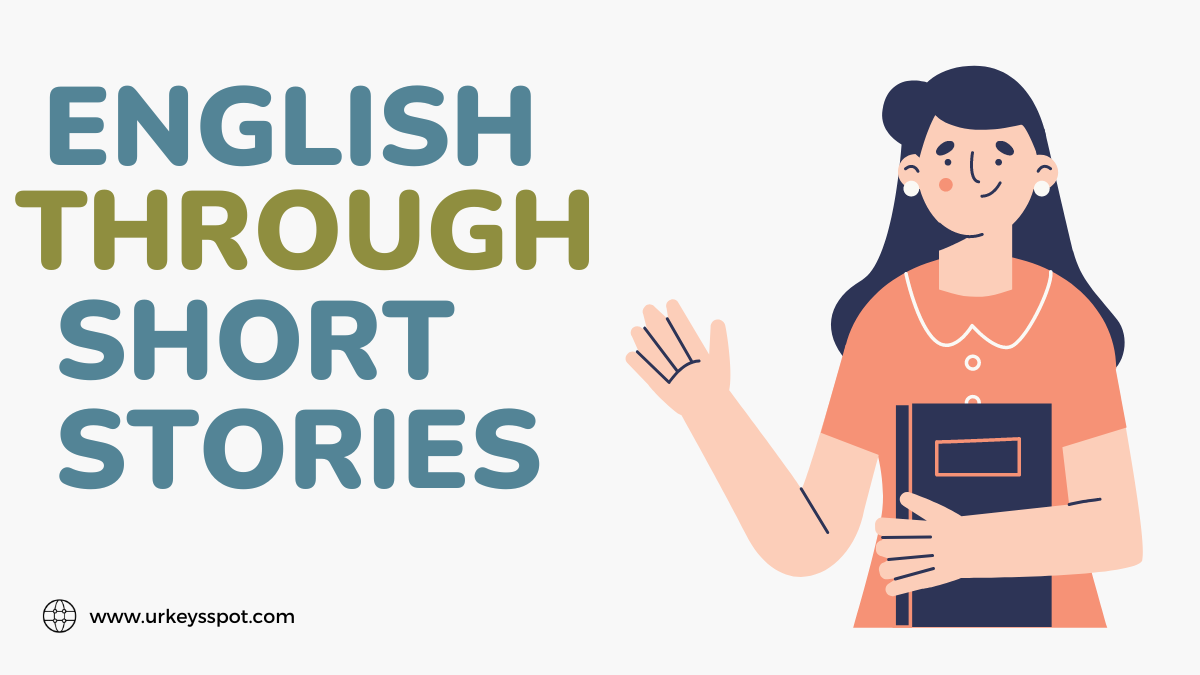Mastering English Through Classic Tales: A Step-by-Step Guide for ESL Learners
Welcome to the world of English, filled with verbs to be conjugated, nouns to be declined, sentences to be parsed, and idioms to be deciphered. It’s a world where “raining cats and dogs” has nothing to do with pets falling from the sky, and “kicking the bucket” has nothing to do with an unruly pail. But fear not! This isn’t your usual, dull English guide that makes you feel like you’re chewing on dry grammar toast. No, this is a vibrant, story-filled adventure, a journey through captivating narratives that will make mastering English feel like a thrilling escapade rather than a tedious chore. So buckle up, language learners! Grab your dictionary, don your detective’s cap, and prepare for an odyssey through the peaks and valleys of the English language, story by story, tale by tale!
Introduction to English Through Storytelling
Storytelling is an age-old method of communication and teaching, engaging our innate sense of curiosity and imagination. When it comes to mastering English, or any language for that matter, stories are incredibly powerful tools. They not only help us acquire new vocabulary but also give us a feel for the natural rhythm and structure of the language. Moreover, they provide meaningful, relatable context that aids in understanding and retaining new information. In this guide, we will use classic tales as our primary learning resource. These timeless narratives, rich in language and cultural nuances, will serve as fertile ground for expanding your English skills. So, are you ready to explore these captivating tales and unlock the mysteries of English? Let’s turn the page and begin our voyage!
The Concept of Progressive Learning

Progressive learning is an educational model that emphasizes the development of a learner’s skills over time. It is a gradual approach, building on previously learned concepts and increasing in complexity. In the context of this guide, progressive learning involves starting with simple stories, familiarizing yourself with basic vocabulary and sentence structures, before progressing to more intricate narratives. It’s akin to climbing a staircase, where each step represents a new skill, a new word, or a new grammatical rule. As you ascend, you accumulate knowledge, gradually mastering English in a way that is structured, systematic, and effective. This step-by-step methodology ensures a solid foundation, minimizes the feeling of being overwhelmed, and fosters a sense of achievement at every stage of your language journey.
Understanding English Vocabulary Through Stories

Our approach to understanding English vocabulary through stories centers around immersing yourself in the narrative and context. Each story chosen in this guide is a treasure trove of new words and phrases. As you delve into the plot, you’ll naturally encounter unfamiliar words. Instead of rushing to the dictionary, try to infer their meaning from the context of the story. This practice not only helps in understanding the word in its natural setting but also reinforces the memory of it. After reading, take time to list down the new words and phrases you’ve come across. Look them up in the dictionary, use them in sentences of your own, and make it a habit to review them regularly. In this way, you’ll expand your vocabulary in a fun and engaging manner, while also improving your comprehension skills. Remember, language learning is a journey, not a race. Take your time, enjoy the stories, and watch your vocabulary grow!
Grammar Analysis in Context of Short Stories

Grammar is the scaffolding that holds the English language together, and understanding this framework is essential for effective communication. In our approach, we shall use short stories to explore and analyze grammatical structures in context. Each story will present opportunities to observe how sentences are formed, how verbs are used, and how punctuation marks can alter meaning. After reading a story, we’ll dissect it, examining its grammatical elements and understanding their roles. This will involve identifying parts of speech, analyzing sentence structures, and understanding tense usage. Over time, you’ll start to recognize patterns and rules that govern the English language. This contextual learning will allow you to absorb grammatical rules naturally, without the intimidation of complex jargon and abstract concepts. And remember, as with vocabulary, it’s about steady progress. With each story, you’ll gain a deeper understanding of how the language works, bringing you one step closer to mastering English.
Comparison of Language Complexity Levels: Basic, Intermediate, and Advanced

As you journey through the English language, you’ll come across three broad stages of complexity – basic, intermediate, and advanced. Each stage is characterized by a certain level of vocabulary, grammar, and understanding.
Basic Level – At this stage, the focus is on familiarizing yourself with the most common words and simple sentence structures. Stories at this level are short and use everyday language. They’re perfect for beginners who are just getting started with their English learning journey.
Intermediate Level – Here, the complexity increases slightly. You’ll encounter a wider range of vocabulary and more complex sentence structures. Stories at this level are longer and often include dialogue, which provides a great opportunity to learn conversational English.
Advanced Level – This is where you tackle the intricacies of the English language. The vocabulary expands significantly and the sentence structures become more complex. Stories at this level are more sophisticated, often exploring themes and including idioms and expressions that are used in real-world English.
It’s important to remember that these stages are not rigid. The boundaries between them can be fluid, and learners might find themselves at different stages in different areas. For example, you could have an advanced vocabulary but still be at an intermediate level in terms of grammar. The aim is to gradually progress through these stages, broadening your understanding of English with each step.
Study Questions: Self-Evaluation Tools for Learners

Following each story, we provide a set of study questions designed to serve as self-evaluation tools. These questions aim to assess your understanding of the story, vocabulary, and grammar structures. They will also help you evaluate your progress and identify areas for improvement. Here are some types of questions you can expect:
- Comprehension Questions: These questions will ask about the plot, characters, and themes of the story. Answering them will help gauge your understanding of the text.
- Vocabulary Questions: These questions will focus on the new words and phrases you’ve encountered in the story. You might be asked to provide definitions, use the words in your own sentences, or identify synonyms and antonyms.
- Grammar Questions: These questions will ask you to identify and analyze the grammatical structures used in the story. You might be asked to identify parts of speech, analyze sentence structures, or explain the use of different tenses.
- Reflective Questions: These questions will ask you to connect the story to your own experiences, opinions, or ideas. Answering them will help you practice expressing your thoughts in English.
Remember that these questions are intended to be tools for self-evaluation and learning. If you struggle with some of them, that’s okay! Use it as an opportunity to review and relearn. Each challenge you conquer brings you one step closer to mastering English.
The Secret Language Acquisition Method
The Secret Language Acquisition Method, also known as SLAM, is a holistic approach that aims to make language learning an enjoyable, immersive experience. The key to SLAM is embracing all aspects of the language – not just vocabulary and grammar, but also the culture, idioms, expressions, and context in which the language is used. It’s about moving beyond textbooks and classrooms, and finding opportunities for language learning in everyday life.
SLAM is based on the principle that language is a living entity, constantly evolving and changing. As such, it’s not enough to memorize words and rules. Instead, you should aim to use the language actively, whether through speaking, writing, reading, or listening. Try watching movies, listening to music, reading books, or even engaging in social media in the target language. The goal is to expose yourself to the language in a variety of contexts, which will help you understand its nuances and subtleties.
Remember, the SLAM approach is not a quick fix. It requires commitment, patience, and a willingness to step out of your comfort zone. But if you stick with it, you’ll find that you’re not just learning a new language – you’re also acquiring a new way of seeing the world.
Importance of Reading Skills in Language Acquisition

Reading skills hold an essential role in language acquisition. They not only enrich your vocabulary but also enhance comprehension and improve grammatical understanding. Reading provides exposure to different sentence structures and styles of writing, aiding in the assimilation of language rules and norms. It also deepens cultural understanding, as texts often reflect the values, traditions, and societal norms of the region they originate from. Thus, consistent reading practice can significantly speed up the process of language acquisition, making it an integral part of any successful language-learning strategy.
Mastering English Idioms and Phrases Through Stories

Mastering idioms and phrases forms a crucial part of understanding and using English effectively. Idioms are expressions whose meanings aren’t directly understandable from their individual words. They add color and interest to language, allowing speakers to express abstract ideas in creative ways. To truly grasp the intricacies of English, it’s essential to understand these idioms and phrases and the contexts in which they’re used.
Stories offer a powerful tool for learning idioms and phrases. They present idiomatic language in context, which helps learners understand how these expressions are used naturally. Moreover, the narrative structure of a story makes it easier to remember phrases and their meanings. When you read or hear an idiom in a story, you can connect it with the characters, events, and emotions in the narrative, which makes the idiom more memorable.
For instance, consider the phrase “break a leg.” In isolation, this phrase might seem confusing, but in a story about a theater actor preparing for their big debut, it becomes clear that “break a leg” is a way of wishing someone good luck.
So, as part of your English language journey, we recommend including stories with a rich array of idioms and phrases in your study plan. As you read, take note of unfamiliar expressions and look them up. Try to understand not just their literal meaning, but also the feelings or ideas they’re used to express. This will help you become more fluent and expressive in English, and give you a deeper appreciation for the richness and diversity of the English language.
The Role of Classic Tales in Language Learning
Classic tales serve an instrumental role in language learning, acting as an abundant resource for understanding the linguistic and cultural nuances of the target language. Rich in vocabulary and idiomatic expressions, these stories provide a glimpse into the rhythm, syntax, and style of the language and are a treasure trove of cultural insights. Familiar narratives and recurring themes across cultures make these tales accessible and engaging, encouraging learners to relate the story to their context and making language retention easier. Besides, the timeless appeal of these stories ensures that they remain relevant and captivating, promoting sustained interest in language learning. Thus, classic tales act as an effective tool, making the language learning journey more immersive, enjoyable, and rewarding.
The Journey of Learning English: From Beginner to Advanced
Embarking on the journey of learning English, like any language, has its set of challenges and rewards. As a beginner, one might grapple with the basics of grammar, pronunciation, and vocabulary. Regular practice and usage, whether it’s reading children’s books, watching simple English videos, or conversing in day-to-day interactions, can help ease this initial phase.
As you transition to the intermediate level, you’ll notice your understanding of English expanding. This is the stage where you’ll start to grasp more complex grammatical structures and idioms, and your vocabulary will start to grow. It’s also the stage where you might begin to understand the cultural nuances of the language. Engaging with a wider range of content, like short stories, articles, and films, can be very beneficial during this period.
The advanced stage is where you’ll start to communicate fluently and confidently in English. This doesn’t mean you won’t make mistakes, but you’ll be able to express complex thoughts and understand nuanced expressions. Diving into novels, technical articles, and movies can help you reach a high level of fluency and comprehension.
Remember, the journey of learning English never really ends. Even native speakers continue to learn new words and expressions. It’s a continuous process of learning and improvement that requires patience, practice, and persistence. And with each new word you learn and every conversation you have, you’ll be one step closer to mastering the English language.
Learning Techniques for ESL Students

For English as a Second Language (ESL) students, it’s crucial to adopt effective learning strategies to enhance their language acquisition process. Here are some techniques that can be beneficial:
- Immersion: Surrounding oneself with English-speaking environments facilitates quicker language acquisition. This could be achieved by watching English movies, listening to English podcasts, or conversing with native speakers.
- Active Learning: Participate in English discussion groups, debates, or quiz contests. This aids in quick thinking, enhances conversational skills, and strengthens overall language proficiency.
- Spaced Repetition: Repetition of vocabulary at increasing intervals helps improve memory retention. Use flashcards and language apps that employ this technique.
- Interlanguage Linking: Draw connections between your native language and English. This could involve comparing grammatical structures or finding cognates (words that share meaning and similar pronunciation in two languages).
- Engaging with Authentic Content: Use real-world materials such as newspapers, magazines, and books to familiarize yourself with colloquial expressions and idiomatic language.
- Use of Technology: Utilize language learning apps, which provide interactive lessons, real-time feedback, and personalized learning paths.
Remember, the most effective learning methods are often a mix of these techniques, tailored to suit your individual learning style. Learning a language takes time, so be patient with yourself and enjoy the journey.
The Effectiveness of Storytelling in Mastering English
Storytelling is a powerful tool for mastering English, proving its effectiveness time and again in developing both receptive and productive language skills. By engaging with stories, learners are exposed to a wide range of vocabulary, idioms, and phrases in a natural context, making them easier to remember and use. Additionally, stories often employ a variety of tenses and grammatical structures, aiding learners in understanding their practical usage. Listening to stories enhances auditory comprehension and helps in the accurate pronunciation of words, while retelling or creating stories boosts speaking and writing skills. Besides, the emotional engagement that stories provide enhances motivation and makes the learning process more enjoyable. Thus, storytelling, being an interactive and immersive method, plays an instrumental role in mastering English.
Summary and Final Thoughts on the Learning Process
In conclusion, the journey of learning English, or any language, is a dynamic, iterative process that demands dedication, patience, and strategic learning techniques. Classic tales and storytelling serve as potent tools in this process, providing a context-rich environment for vocabulary expansion, grammatical understanding, and cultural exploration. The stages of language learning, from beginner to advanced, each present their unique challenges and rewards. Essential learning strategies, such as immersion, active learning, spaced repetition, interlanguage linking, engaging with authentic content, and leveraging technology can significantly enhance this learning journey. However, it’s crucial to remember that the process is individual and should be tailored to one’s learning style and pace. Above all, language learning is not merely about acquiring a skill, but an enriching experience that offers insights into diverse cultures and ways of thinking. So, embrace the journey and remember, every step takes you closer to linguistic proficiency.

